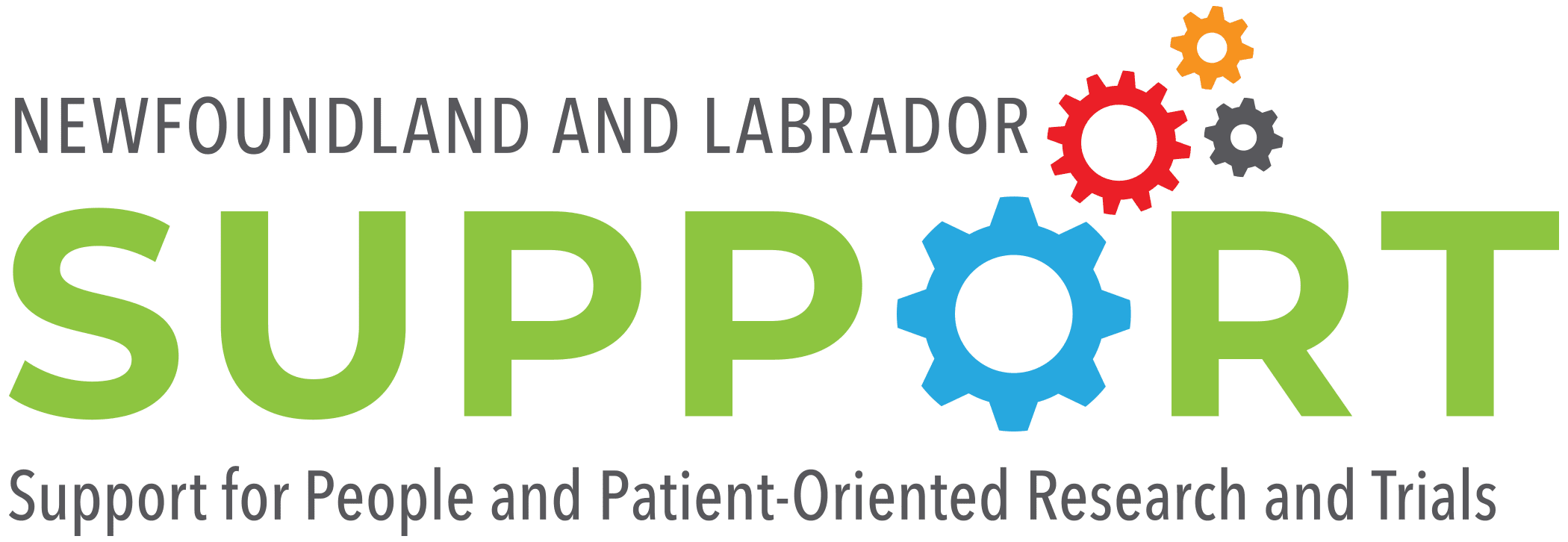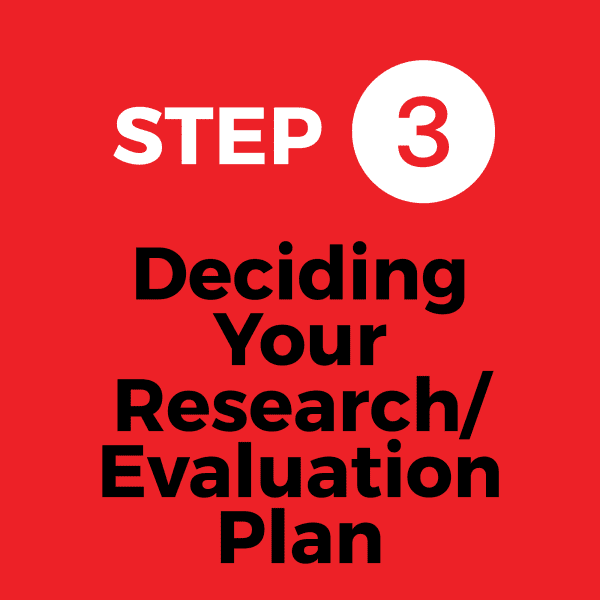Step 1: IDEA Definitions
How do you define IDEA (inclusion, diversity, equity and accessibility)?
Reference for the following definitions of IDEA: Health Data Research Network Canada. June 2023. Inclusion, Diversity, Equity & Accessibility: Definitions & Principles for Working Together. Retrieved from: https://www.hdrn.ca/wp-content/uploads/IDEA-Definitions-and-Principles-June-2023-compressed.pdf
Inclusion
Inclusion encompasses both actions and feelings. Inclusion is an intentional and continuous process lived through day-to-day practices aimed at addressing inequities in power and privilege. Acts of inclusion form safer environments where people feel welcome, respected, valued and able to bring their authentic selves. Ultimately, inclusion fosters a respectful and diverse community and ensures opportunities to flourish for all.
Diversity
Diversity is about the individual. It is about the variety of unique dimensions, qualities and characteristics we all possess, and the mix that occurs in any group of people. Race, ethnicity, age, gender, sexual orientation, religious beliefs, economic status, abilities, language and geography, together with living/lived experiences and other perspectives can make up diversity. Diversity is a fact, and inclusion is a set of choices that demonstrates how diversity is valued.
Equity
Equity is about treating people according to their diverse needs in a way that enables everyone to participate, perform and engage to a similar extent. Equity is a critical element of inclusion. Equity acknowledges that disparities exist and aims to eliminate disparities, systemic biases and barriers that are rooted in historical and contemporary injustices and oppression.
Accessibility
Accessibility refers to the design of products, devices, services or environments for people who experience disabilities, as well as the continuous commitment to the removal of political, social, economic, historical and systemic inequities that limit full experience in social space and life. To fully address accessibility, we must commit to addressing systemic ableism, oppression and historic inequities encoded in policies, practices and services.




